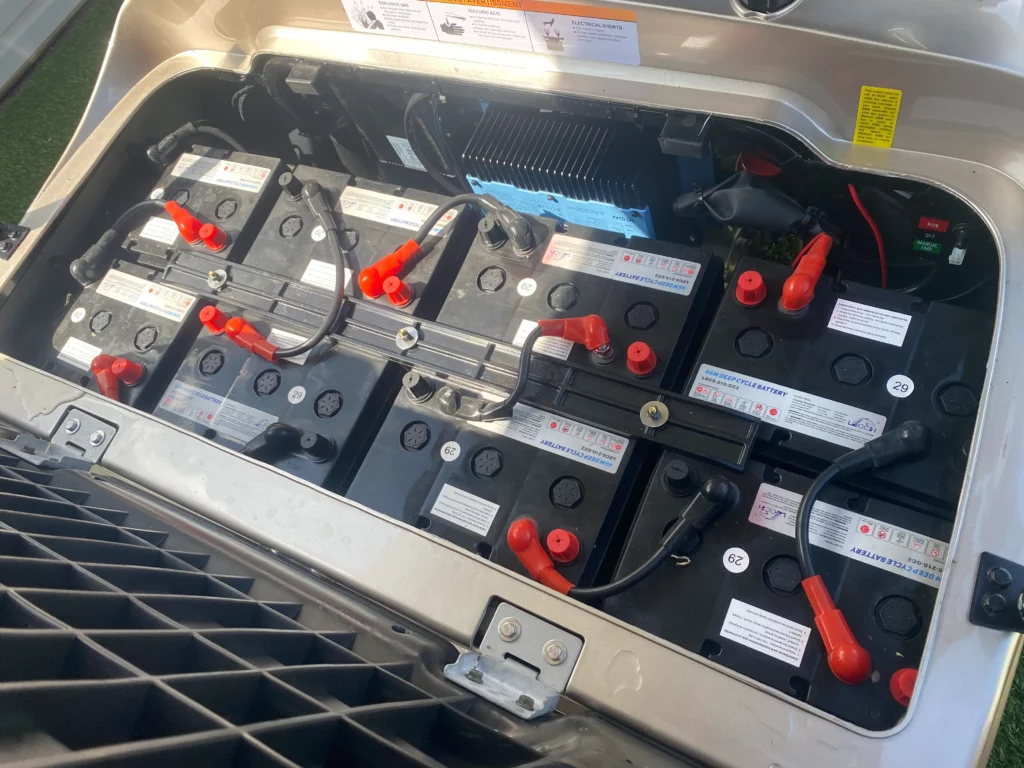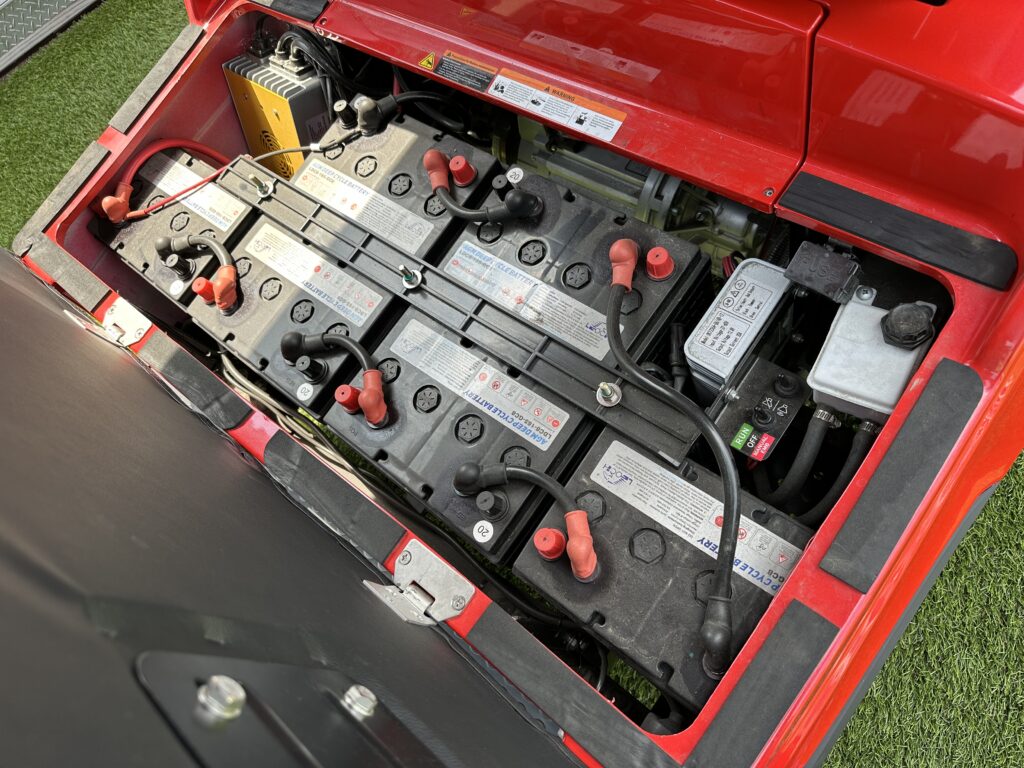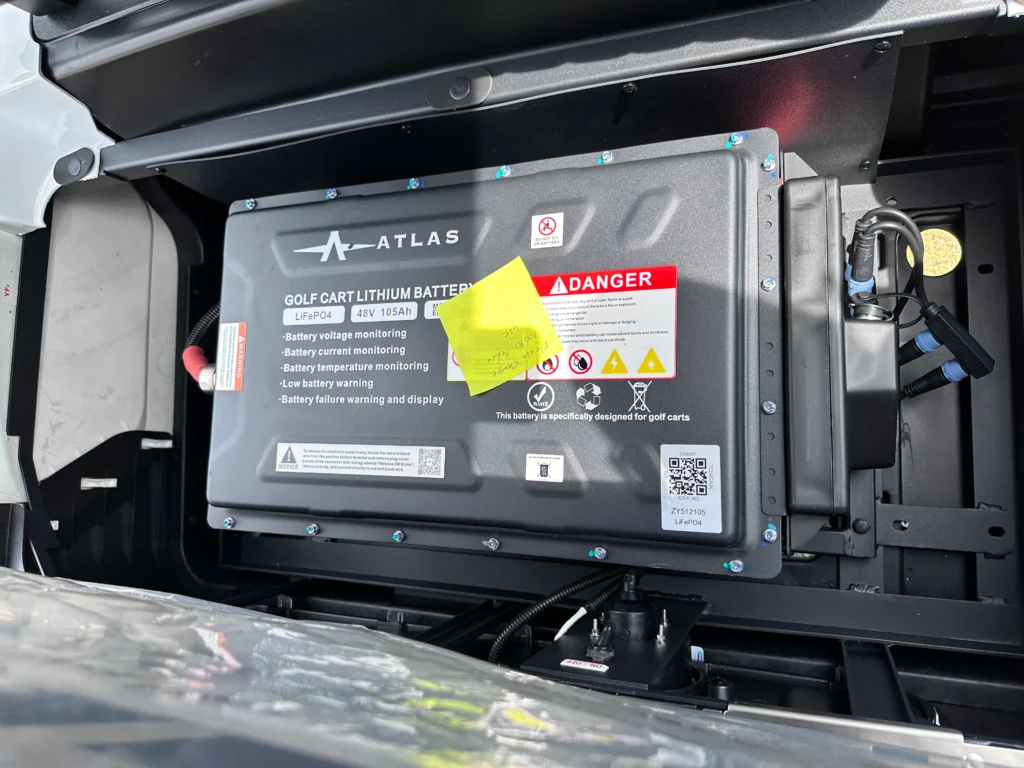Introduction
Battery health is the most critical metric for longevity and optimal performance from an electric golf cart. Knowing how to test an 8-volt battery should be at the top of your list regarding golf cart maintenance. Keeping your battery in good condition is the only way to ensure reliable power for the life of the golf cart. Here, we will walk through the steps of how to test 8 volt golf cart batteries in a practical way.

Step 1: Safety First
First things first, prioritize safety. Wearing the appropriate protective gear like gloves and safety glasses should prevent any injuries or accidents. Also make sure the golf cart is turned off, with the parking brake engaged, and on a level surface before you start.

Step 2: Gather Necessary Tools
To test the 8-volt battery you will need a few tools:
– A digital multimeter to measure the voltage of the batteries accurately.
– If you are testing a flooded lead acid battery, a battery hydrometer can measure the specific gravity of the electrolyte, providing additional insights into battery health.
– If you are looking to test the battery in real-world conditions, a battery load tester will apply a load to the battery to assess its capacity and performance.
Step 3: Visual Inspection
Take a look at the battery for signs of corrosion and leaks. Look for damage to the battery terminals and the cables themselves. If you find anything out of the ordinary, this should be addressed before moving on with your testing.

Step 4: Voltage Test
Perform a voltage test on each 8-volt golf cart battery using your digital multimeter. Follow these steps:
1. Set the multimeter to the DC setting.
2. Connect the red (positive) probe to the red terminal of the battery and the black (negative) probe to the black terminal.
3. Read the voltage displayed. A fully charged 8-volt battery should read around 8.2 to 8.4 volts.
Step 5: Specific Gravity Test (Optional for Flooded Lead-Acid Batteries)
For flooded lead-acid batteries, use your hydrometer to measure the specific gravity of each electrolyte. Following the manufacturer’s instructions, collect a sample of electrolyte from each battery cell and measure its specific gravity. A healthy battery will have consistent readings across all cells.

Step 6: Load Test (Optional)
To get a complete assessment of the battery health, you can use a load tester on the battery. This will simulate real-world conditions for the battery to assess its capacity and performance. Again, use the manufacturer-specific instructions for your load tester.
Step 7: Interpret Results and Take Action
Compile all your test results. Use these results to determine the condition of your 8-volt golf cart batteries. If any battery is showing signs of low voltage uneven specific gravity readings or failing the load test, you may need to take steps to recondition the battery. If this is not possible you will want to consider replacing the battery altogether.

Conclusion
It is crucial to know how to test 8-volt golf cart batteries to ensure reliable performance and prolong your battery life. Using this guide you can add battery testing to your regular maintenance schedule. This will allow you to identify any issues early and take appropriate actions to keep your golf cart running smoothly for many summers to come. We hope this helps you understand how to test 8 volt golf cart batteries.







